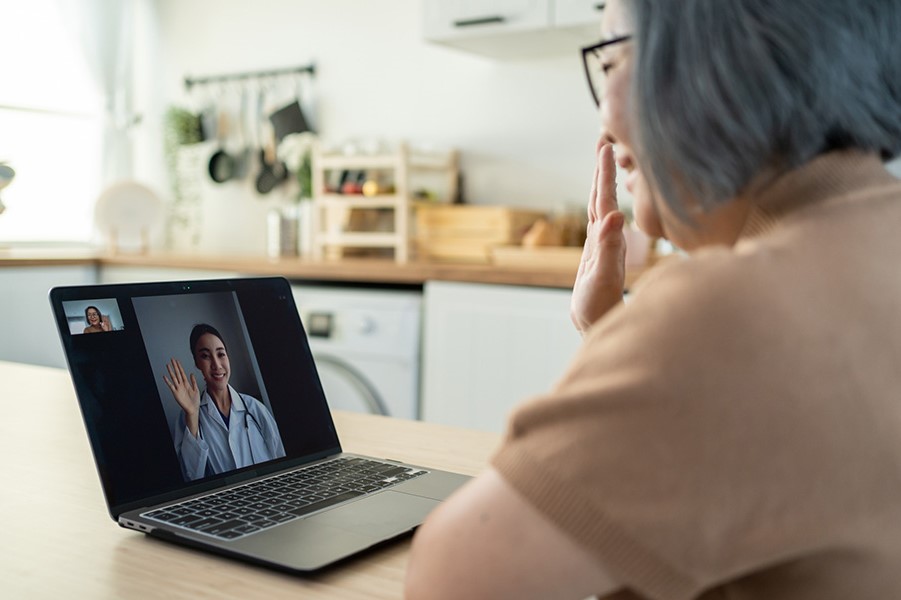
Researchers have determined people recovering from a stroke can better self-manage their rehabilitation using a virtual program.
A stroke often impacts a person’s ability to move their lower body from the hips down to the feet.
This leads to diminished quality of life and mental health in addition to increased susceptibility to falls. But now, UBC Okanagan researchers are exploring new treatment methods to help bridge the service delivery gap, and recovery outcomes, for patients after a stroke.
“Shortened length of inpatient stays and continued challenges in transitioning back to the community—including poor access to continued stroke rehabilitation services—have resulted in substantial unmet recovery needs,” says Sarah Park, master’s student with the Centre for Chronic Disease Prevention and Management (CCDPM) based at UBC Okanagan. “This is especially true for lower extremity recovery. People can struggle to regain balance, stability and gait coordination for daily life activities and even proper ambulation.”
Dr. Brodie Sakakibara, CCDPM Investigator, recently led a national team of researchers, clinicians and people with lived experiences to evaluate the feasibility of a telerehabilitation program with aims to improve lower extremity recovery poststroke.
“More people are surviving a stroke and the need for accessible rehabilitation regardless of geographic location is increasingly important,” says Dr. Sakakibara. “This program harnesses technology, the expertise of clinical therapists and the motivation of individuals to improve stroke recovery.”
Read the full story here: UBC Okanagan News